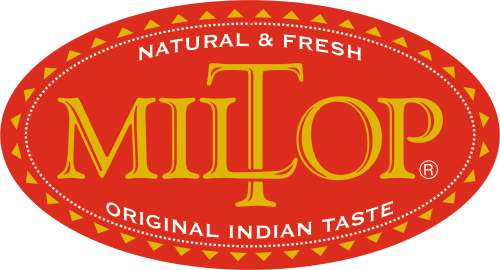Description
[vc_row full_width=”stretch_row”][vc_column][vc_tta_tabs][vc_tta_section title=”Description” tab_id=”1643872497540-2c791d2e-f97e44aa-95f1″][vc_column_text]
Rice is primarily a high energy calorie food. The major part of rice consists of carbohydrate in the form of starch, which is about 72-75 percent of the total grain composition. The protein content of rice is around 7 percent. The protein of rice contains glutelin, which is also known as oryzenin. The nutritive value of rice protein (biological value = 80) is much higher than that of wheat (biological value = 60) and maize (biological value = 50) or other cereals. Rice contains most of the minerals mainly located in the pericarp and germ and about 4 percent phosphorus. Rice also contains some enzymes.
[/vc_column_text][/vc_tta_section][vc_tta_section title=”Basmati” tab_id=”1643872497558-c99f8950-1ea244aa-95f1″][vc_column_text]
Major cultivated species of wheat
Basmati is a variety of long grain rice grown in India and Pakistan, notable for its fragrance and delicate, nuanced flavour. Its name means “the fragrant one” in Sanskrit, but it can also mean “the soft rice.” India and Pakistan are the largest cultivators and exporters of this rice; it is primarily grown through paddy field farming in the region. The grains of basmati rice are longer than most other types of rice. Cooked grains of Basmati rice are characteristically free flowing rather than sticky, as with most long-grain rice. Cooked basmati rice can be uniquely identified by its fragrance. Basmati rice is available in two varieties – white and brown.
Basmati rice has a typical pandan-like (Pandanus amaryllifolius leaf) flavour caused by the aroma compound 2-acetyl-1-pyrroline.
According to the Canadian Diabetes Association, basmati rice has a “medium” glycemic index (between 56 and 69), thus making it more suitable for diabetics as compared to certain other grains and products made from white flour. In India, rice has for centuries symbolized fertility, wealth and good health. Ancient priests used it as an ingredient in worship, and to this day, rice is thrown at newlyweds to bless them with healthy offspring and prosperity. While research in the West gives high scores to brown rice for its bran and fiber content, Ayurveda recommends the long-grained, fragrant basmati rice. “That is because basmati rice is easy on the digestive system. Also, it is saatvic or pure, and balances the physiology. Basmati rice builds body tissue and is very high on praana or vital life energy.
[/vc_column_text][/vc_tta_section][vc_tta_section title=”Food” tab_id=”1644038907338-f914ab40-bf4944aa-95f1″][vc_column_text]
Rice contributes the sweet taste to your daily diet. Ayurveda recommends getting six basic tastes on your plate at every meal: sweet, sour, salty, bitter, pungent and astringent. Rice balances Vata and Pitta doshas. Kapha types, however, should avoid eating rice too often. Dry-roasting it before eating will reduce the heaviness. Rice can be cooked in an amazing variety of ways. Combined with beans, nuts, vegetables, fruits, and milk (or simply boiled with a dash of ghee). It is wholesome and nutritious. Rice is good for making main dishes, soups, salads, and deserts such as rice pudding. It stores well in sealed containers.
[/vc_column_text][/vc_tta_section][/vc_tta_tabs][/vc_column][/vc_row]



